Editors’ Picks





Found in Robotics News & Content, with a score of 0.66
…Chris Atkeson, a professor at Carnegie Mellon University’s Robotics Institute and Human-Computer Interaction Institute, teaches a course on humanoid robots. In that class, students are taught a broad view of what’s going on in robotics and AI, he said. Atkeson explained that his students learn about a range of different areas of robotics by studying humanoids, from legged locomotion to flexible robot arms. Atkeson, who has a master’s degree in computer science from Harvard University and a Ph.D. in Brain and Cognitive Science from the Massachusetts Institute of Technology, said a central debate among the robotics community is whether general-purpose…
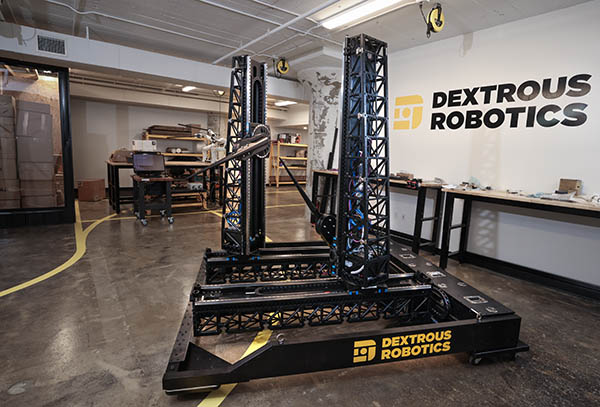
Found in Robotics News & Content, with a score of 1.12
…with the humanoid robot Asimo while at Honda Research Institute. Drumwright was a university professor and then a senior research scientist at the Toyota Research Institute. Drumwright has been granted three patents and has co-authored over 40 research articles on robotics with experts from institutions including MIT, Cornell University, and the University of Michigan. Backed by multiple venture capital firms, Dextrous Robotics received a competitive grant from the National Science Foundation in 2021. Dextrous Robotics designs for precision The job of loading and unloading trucks is one of the most challenging to fill in the logistics industry, according to Dextrous…
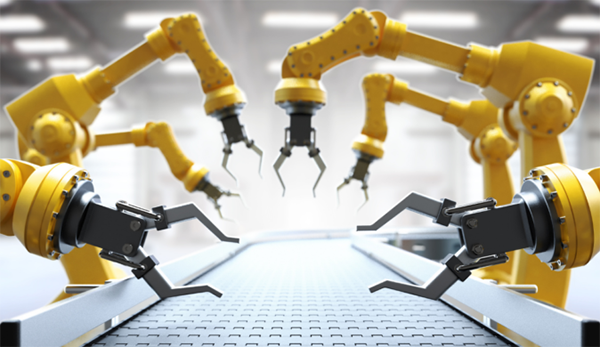
Found in Robotics News & Content, with a score of 12.40
…workforce development programs, the Advanced Robotics in Manufacturing, or ARM, Institute has grown. The ARM Institute today announced the promotion of two team members to executive positions. Dr. Charles (Chuck) Brandt has been promoted from vice president for technical initiatives to chief technology officer. Suzanne (Suzy) Teele has been promoted from vice president for strategic initiatives and outreach to chief strategy officer. “Chuck and Suzy have been instrumental in the ARM Institute’s success and in expanding our capabilities,” stated Ira Moskowitz, CEO of the ARM Institute. The organization said the appointments reflect the increasing diversity of its activities. New CTO…
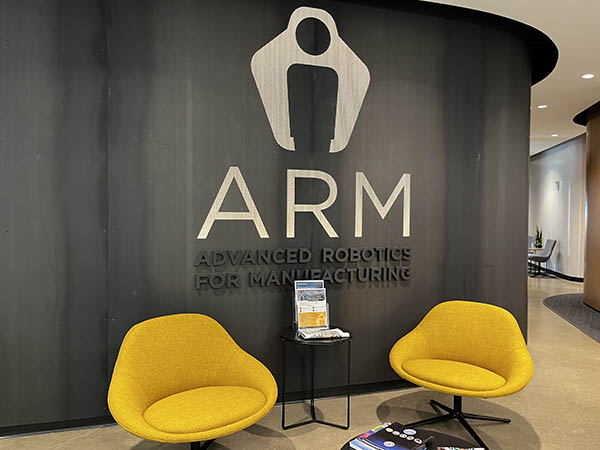
Found in Robotics News & Content, with a score of 7.33
The Advanced Robotics for Manufacturing, or ARM, Institute is calling on manufacturers that use robotics, AI, and machine learning to participate in a survey this fall. The institute developed the survey with its Data for Artificial Intelligence Working Group, or DAWG, to understand how it can help operators better take advantage of the technologies. Michael Skocik, senior programs manager at the ARM Institute and head of DAWG, told Robotics 24/7 the survey was created to help the group “understand the voice of the customer.” “We want to understand, on their particular side, what are the pitfalls? What are the issues…

Found in Robotics News & Content, with a score of 0.35
…Manufacturing Hub, led by The Advanced Robotics for Manufacturing (ARM) Institute—A $14.2 million grant is intended to de-risk the adoption of advanced robotics and automation by SMEs and accelerate the commercialization of technologies in these entities. Expanded Pathways to New Economy Careers, led by Southwestern Pennsylvania Commission—A $24.8 million grant will establish a highly coordinated, regional upskilling system serving both robotics developers and adopters. It will support a range of training options outside of traditional four-year and advanced degrees and ensuring that programs evolve in the long term based on industry needs. Robotics Startup Factory, led by Innovation Works—The $12…

Found in Robotics News & Content, with a score of 0.61
…the Netherlands, robots could be met with more open arms than in countries such as Spain or Greece, where there is more income inequality. The study, which examined countries in Europe, was published recently in the journal Technology, Mind and Behavior. The study focused on European countries, but study co-author Mindy Shoss, a professor in UCF’s Department of Psychology, says the findings could also help better understand the issue in America. U.S. also skeptical of AI “The U.S. always ranks pretty high on inequality and societal inequality,” the researcher said. “Given that, I would suspect that there probably are, on…
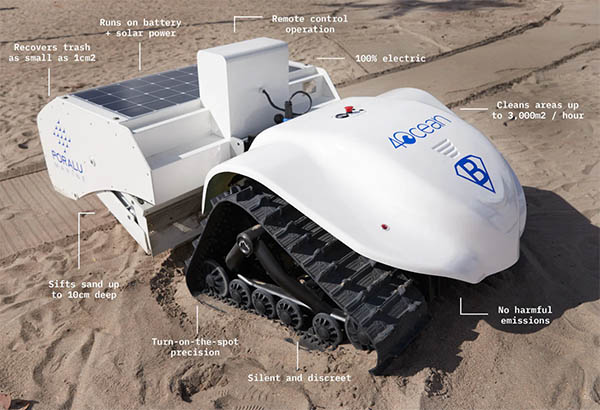
Found in Robotics News & Content, with a score of 0.51
…$1 million donation to the CGLR Foundation, a charitable arm of the CGLR in the U.S., earlier this year. The funding supports the deployment of the BeBot and Pixie drones. The CGLR and Pollution Probe began the GLPC's plastic capture and recovery initiative in 2020. This week, Meijer held a press conference at Pere Marquette Beach in Muskegon that included a live demonstration of the equipment: BeBot: 4ocean's remote-controlled, solar- and battery-powered, beach-cleaning robot. It can clean 32,000 sq. ft. (2,972.8 sq. m or 0.7 acres) per hour. The electric robot can rakes through the sand without altering the environment.…
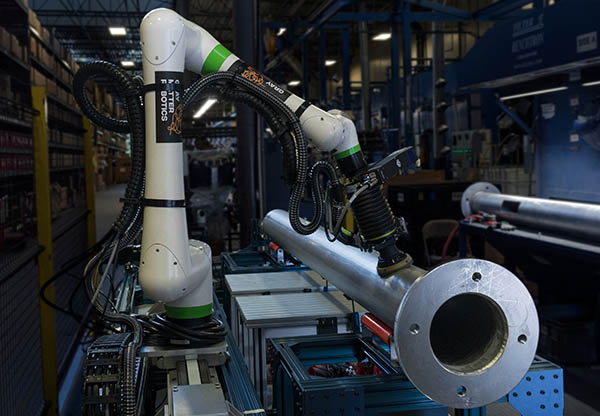
Found in Robotics News & Content, with a score of 0.38
…its product. In January, the Advanced Robotics for Manufacturing (ARM) Institute funded two projects involving GrayMatter Robotics. GrayMatter improves robot efficiency Everything from football helmets to aircraft parts are currently smoothed and finished by hand, but this can cause repetitive stress injuries and expose workers to hazardous fumes, noted Kabir. The surface finishing market is worth more than $100 billion in wages in the U.S., but manufacturers are facing labor shortages, he told Robotics 24/7. “There are about 9,000 robots compared with more than 1.5 million people involved with surface treatment in the U.S., but the latter is shrinking,” Kabir…
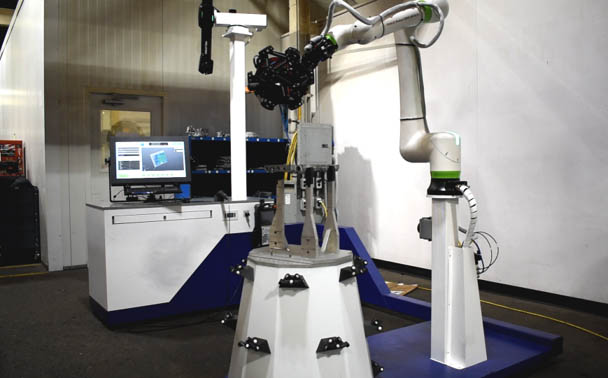
Found in Robotics News & Content, with a score of 5.49
The ARM Institute today announced that it has named Jim Clark from ARIS Technology and Christopher Ravasio from ARIN Technologies Inc. as fellows to lead two R&D projects. The ARM Institute Fellowship program supports the AIM Higher Consortium, a Defense Manufacturing Community. “The ARM Institute is proud to support Defense Manufacturing Communities,” stated Matt Fischer, senior new business development manager at the ARM Institute. “These regional clusters are integral for strengthening U.S. defense manufacturing capabilities, and our fellowship program in partnership with the AIM Higher Consortium is critical to advancing much-needed robotics and AI solutions.” The AIM Higher Consortium supports…
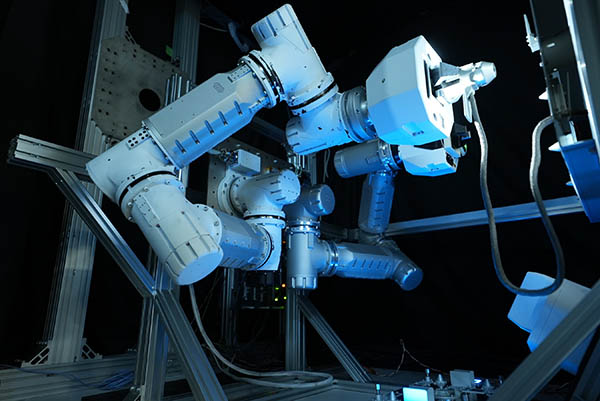
Found in Robotics News & Content, with a score of 2.45
…it will demonstrate the capabilities of its autonomous robot arm, which will be mounted outside the International Space Station, in 2023. GITAI first demonstrated its technology onboard the International Space Station (ISS) last year and said it met all mission objectives. In the next challenge, the Tokyo-based company's extra-vehicular robot will be deployed outside the Bishop Airlock with partner Nanoracks LLC. “There are a tremendous number of applications in space that our robotic arm can be used for, including on-orbit servicing and lunar exploration, and we are thrilled to be able to partner with Nanoracks yet again,” stated Sho Nakanose,…
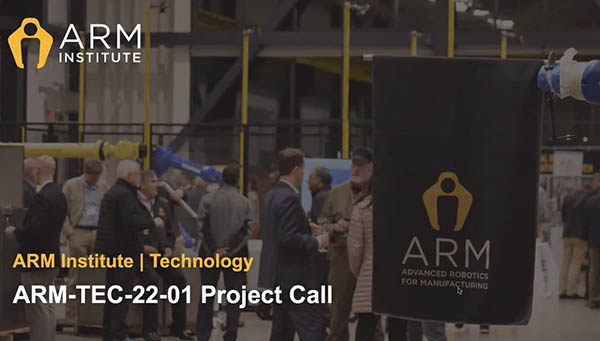
Found in Robotics News & Content, with a score of 6.36
The Advanced Robotics for Manufacturing, or ARM Institute, today announced its final 22-01 Technology Project Call. The public-private partnership is seeking proposals for systems combining machine learning and robotics for the manufacturing and defense industries. Teams must be members of the ARM Institute to be eligible for consideration in the program, which totals $10 million. The institute is a national resource for maintaining U.S. competitiveness through robotics and workforce development. It is part of the Manufacturing USA network and is funded in part by the U.S. Department of Defense. “We ran seven project calls in 2020, and we've transitioned to…
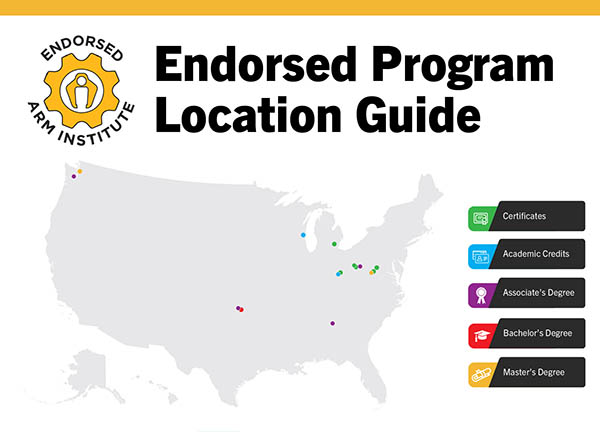
Found in Robotics News & Content, with a score of 7.97
…in the U.S. The Advanced Robotics for Manufacturing, or ARM, Institute announced that it has chosen three more programs to receive ARM Endorsement. The new programs include associate's degrees at two community colleges and a FANUC training course. “The entire ARM Team congratulates our newly endorsed programs,” stated Lisa Masciantonio, chief workforce officer at the ARM Institute. “The diversity of our endorsed programs reflects the ample education and training opportunities that exist for manufacturing careers working with robotics. When education seekers and employers seeking programs to upskill their workforce see the ARM Endorsement badge, they can be assured that the…



